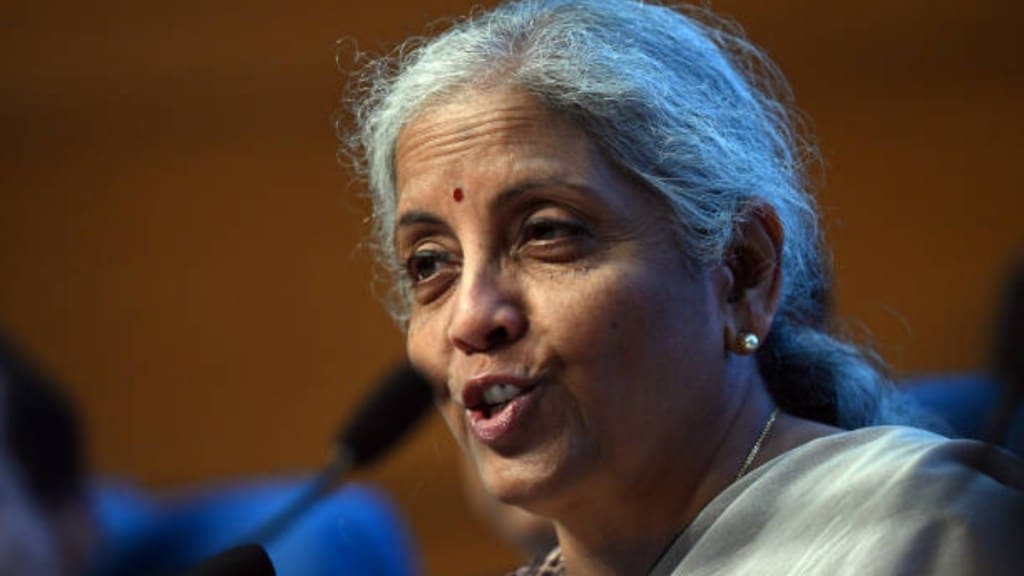The Union finance ministry will soon write to the state governments urging them to bring their infrastructure projects on board the digital planning tool PM Gati Shakti National Master Plan, in order to take multi-modal connectivity to the next level, sources told FE.
Since its launch on October 13, 2021, Rs 15 lakh crore worth projects of Rs 500 crore and above have been evaluated, mostly central sector projects. These include Master Plans for roads, energy, minerals, cement corridors, high-density corridors, and the rail network.
Finance Minister Nirmala Sitharaman recently reviewed the progress of Gati Shakti and asked officers to write to states to onboard their infrastructure projects beyond a threshold into the planning tool. Also, she said central ministries have to be more proactive and bring in more projects into the Gati Shakti fold. Currently, central projects Rs 500 crore and more are to be covered.
“To take it forward, the finance minister directed to write to states and central ministries. Accordingly, we will be writing them soon,” a senior official said.
So far, nine states and Union Territories (UTs) have issued instructions for making state master plans using Gati Shakti platform.
Nine states are more active in this regard: Madhya Pradesh, Tamil Nadu, Uttar Pradesh, Nagaland, Gujarat, Manipur and Uttarakhand, Andaman & Nicobar, Puducherry and Arunachal Pradesh. They have issued government orders in this regard.
PM Gati Shakti’s digital platform aims to provide multimodal connectivity infrastructure to various economic zones by bringing together 16 Ministries including railways and roads for integrated planning and coordinated implementation of projects in cooperation with the state governments.
Under this programme, the government is also trying to simplify time-taking application approval processes and the multiplicity of regulatory norms. The programme intends to prioritize all–mega infrastructure connectivity targets by FY25, the terminal year of the Rs 111 trillion ambitious National Infrastructure Pipeline (NIP) in six years through FY25.
Over recent years, the centre has placed infrastructure development at the centre stage through both policy and financial interventions, especially by way of increased focus on capital spending. Its capex allocation during FY22 and FY24 grew by an average 30% on-year.


